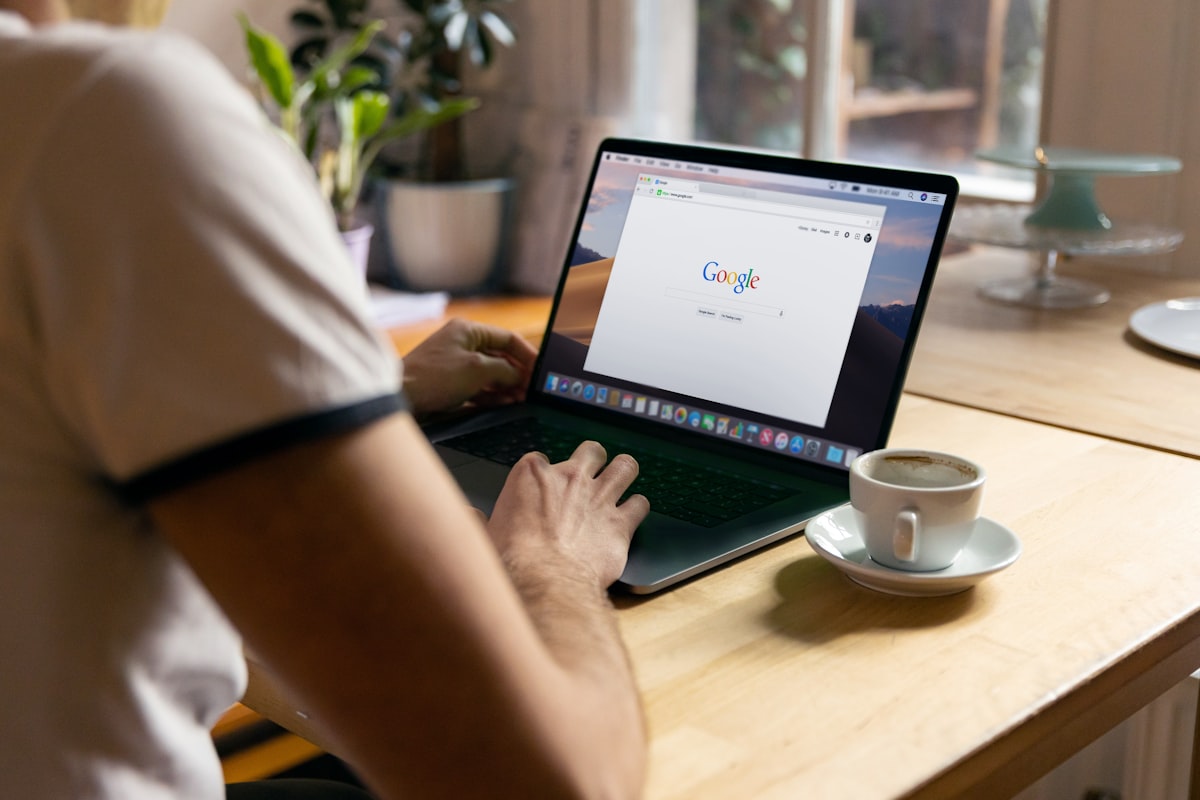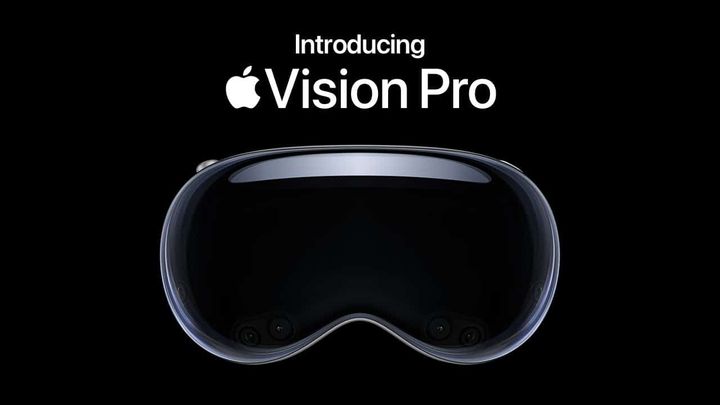What is Google MyActivity and How to Use It
Discover the amazing power of the Google MyActivity tool with this comprehensive guide. From understanding what it is to using it for maximum effectiveness, this post knows it all!

Get the most from Google's powerful data tracking tool, MyActivity. Learn what it is and how to use it to maximize your experience, including understanding any data stored about you and taking control of your online privacy.
What is Google MyActivity?
Google My Activity is a feature provided by Google that allows users to view, manage, and control the data generated by their interactions with various Google services. This data includes search queries, websites visited, YouTube videos watched, ads clicked, and location history, among other things.
By visiting the My Activity page (myactivity.google.com), users can:
- Review their activity: Users can browse their online activity history across multiple Google services.
- Delete specific items or entire categories: Users can remove individual items or clear their activity by date or by specific Google services.
- Manage activity controls: Users can enable or disable various activity tracking options, such as Web & App Activity, Location History, and YouTube History.
- Export their data: Users can download their activity data in various formats for personal use or analysis.
- Set up automatic deletion: Users can configure settings to automatically delete their activity data after a specified time, such as 3 months, 18 months, or 36 months.
Google My Activity helps users better understand how their data is being used by Google and provides tools to manage their privacy and control the information being collected.
Google History (https://history.google.com) is no longer active. Google has consolidated users' data and activity management into a single, comprehensive dashboard called Google My Activity, which can be accessed at myactivity.google.com.
By visiting the My Activity page, you can review and manage your activity data across various Google services, such as search history, browsing history, YouTube watch history, location history, and more. This platform provides tools for deleting specific items or entire categories, managing activity controls, exporting data, and setting up automatic deletion of activity data.
How does it work?
Google, My Activity works by aggregating data generated through your interactions with various Google services when you're signed in to your Google Account. This data is collected and stored to personalize your experience, provide more relevant content, and improve Google's products and services. Here's a brief overview of how it works:
- Collection of data: When you use Google services like Search, Maps, YouTube, or Google Assistant while signing in to your Google Account, your activity data is recorded. This includes search queries, videos watched, websites visited, ads clicked, location information, and more.
- Data storage: The collected data is stored in your Google Account, associated with your unique user ID. This data is then organized by service and date, making it easier to review and manage.
- Personalization: Google uses the collected data to personalize your experience across its services. For example, it may provide more relevant search results, tailored ad experiences, and YouTube video recommendations based on your past ActivityActivity and preferences.
- Access and management: You can access and manage your data through the My Activity page (myactivity.google.com) when logged into your Google Account. From there, you can review, delete, or modify your activity data, manage tracking settings, and configure automatic deletion settings.
- Data export: You can also export your activity data in various formats, allowing you to analyze, archive, or share the information as needed.
Google My Activity is designed to give you greater transparency and control over your data by providing an easy-to-use interface for managing your activity history and privacy settings.
Data Captured by Google
Google My Activity captures data from interactions with various Google services when you are signed in to your Google Account. The types of data collected include:
- Search history: Your search queries are entered on Google Search, Google Images, Google Maps, and other search services.
- Browsing history: Websites you visit, bookmarks, and browsing data when using Google Chrome or other Google services.
- YouTube history: Videos you watch, your searches on YouTube, and your interactions with content, such as likes, comments, and subscriptions.
- Location history: Your location data, including places you've visited, routes taken, and the frequency of visits, if you have enabled Location History in your Google Account settings.
- Google Assistant interactions: Voice commands and queries you make using Google Assistant on your devices and any text-based interactions.
- Google Maps and Google Earth: Your searches, directions, and interactions with map features and locations.
- Google Play activity: The apps and games you download, install and interact with on Google Play, as well as your app usage data.
- Ads interactions: Interactions with advertisements on Google services and partner websites, such as clicks, views, and related searches or website visits.
- Google Drive and Photos: Your file and photo uploads, document edits, and other interactions with these services.
- Google Workspace (formerly G Suite): Your usage data and interactions with Google Workspace services, such as Gmail, Google Calendar, Google Docs, and Google Meet, if you have a Workspace account.
- Device information: Data about the devices you use to access Google services, such as device type, operating system, settings, and unique identifiers.
- Application activity: Your interactions with other Google applications, such as Google News, Google Books, Google Translate, and more.
This collected data helps Google personalize your experience across its services, provide more relevant search results, tailored ads, and improved services. However, you can review, manage, and control the data collected through Google My Activity by adjusting your privacy and activity settings.
How is the data used?
Google uses the data collected through My Activity primarily to personalize and improve its services. However, the data may also be shared with third parties in certain situations. Here's a brief overview of how the data is used and shared:
- Personalization: Google uses your activity data to tailor your experience across its services, providing more relevant search results, ads, and recommendations on YouTube or Google News.
- Service improvement: Google analyzes the collected data to understand user behavior and preferences, which helps them identify trends, improve existing services, and develop new products or features.
- Advertising: Google uses your activity data to deliver personalized ads based on your interests and online behavior. This enables advertisers to reach a targeted audience, and it helps you see advertisements that are more relevant to your interests.
- Third-party sharing: Google may share aggregated, non-personally identifiable information with third parties, such as advertisers or partners, to help them understand the performance of their ads, content, or services. In some cases, Google may also share your personal information with third parties, such as when you explicitly authorize it (e.g., by connecting a third-party app to your Google Account) or when required by law.
- Legal and security purposes: Google may share your data with law enforcement or government agencies when required by law to enforce their terms of service or to protect their rights, property, or users.
It's important to note that you have some control over how your data is used and shared. You can manage your privacy settings and ad preferences in your Google Account to limit data collection, sharing, and advertisement personalization. Additionally, you can review and delete your activity data using Google My Activity to further control the information that Google retains about you.
For a more detailed understanding of how Google uses and shares data, it's advisable to review Google's Privacy Policy, which provides comprehensive information on its data practices.

Pros & Cons
Using Google, My Activity has pros and cons, depending on your perspective and priorities. Here are some of the key advantages and disadvantages to consider:
Pros:
- Personalized experience: My Activity allows Google to provide a more personalized experience by tailoring search results, recommendations, and ads based on your past activity and preferences.
- Better organization: My Activity organizes your activity data across multiple Google services in one place, making it easier for you to review, manage, and control your data.
- Enhanced privacy control: My Activity allows you to delete specific items, entire categories, or data from specific periods, as well as manage tracking settings for various Google services.
- Automatic data deletion: You can configure settings to automatically delete your activity data after a specified time, allowing you to maintain better control over your privacy without constant manual intervention.
- Data export: My Activity allows you to export your data in various formats, enabling you to analyze, archive, or share the information as needed.
Cons:
- Privacy concerns: Some may be uncomfortable with the extent of data collected by Google across its various services and might worry about potential misuse or unauthorized access to their personal information.
- Data aggregation: My Activity consolidates data from multiple Google services, potentially making it easier for someone with access to your account to gain insights into your online behavior and preferences.
- Incomplete control: While My Activity provides tools for managing your data, some data may still be stored and used by Google for purposes such as system maintenance or legal compliance, even after you delete your activity.
- Time-consuming: Reviewing and managing your activity data can be time-consuming, particularly if you want to maintain a high level of privacy and control.
Using Google My Activity can provide a more personalized experience and greater control over your data, but it may also raise privacy concerns for some users. Therefore, deciding whether to use My Activity depends on your preferences and priorities regarding privacy, data control, and online experience.
Concern & Risk Mitigation
When using Google My Activity and other online services, there are a few potential concerns that you might want to consider. These concerns usually revolve around privacy, data security, and control over personal information:
- Privacy: Google collects significant data about your online activities across various services. This may cause unease for some users concerned about how their personal information is used or shared.
- Data security: Storing your personal information and activity data with a single company like Google might create a single point of vulnerability. Although Google takes extensive measures to protect user data, there's always a risk of data breaches or unauthorized access.
- Control over personal information: Although Google My Activity provides tools for managing your data, some users may feel they don't have complete control over their personal information, as certain data might still be stored and used by Google for purposes such as system maintenance or legal compliance.
- Data aggregation: Google My Activity consolidates data from multiple services, potentially making it easier for someone with access to your account to gain insights into your online behavior and preferences.
- Third-party data sharing: Google may share your data with third parties, such as advertisers or partners, for various purposes. While you can control some aspects of data sharing through settings, it may be difficult to understand how and where your data is being used fully.
- Government surveillance: Some users might be concerned about the possibility of their data being accessed by government agencies through legal processes or surveillance programs.
To mitigate these concerns, you can take the following steps:
- Review and manage your activity data regularly using Google My Activity.
- Use privacy-focused tools, such as the incognito mode in Chrome or alternative search engines and browsers that prioritize user privacy.
- Configure your Google Account settings to limit data collection and sharing.
- Set up two-factor authentication for your Google Account to add an extra layer of security.
- Be cautious when granting permissions to apps and services that access your Google Account data.
Ultimately, weighing the benefits and potential risks associated with using Google My Activity and making informed decisions about your online privacy and data management is essential.
Pointers to reduce risk
While it's impossible to eliminate all risks associated with using online services like Google My Activity, there are several steps you can take to minimize potential risks and protect your privacy and data security:
- Regularly review and manage your activity data: Use Google My Activity to review your activity data across Google services and delete any information you don't want to be stored.
- Adjust your Google Account settings: Configure your privacy and security settings to limit data collection, sharing, and ad personalization. You can also disable certain types of activity tracking, such as Location History or YouTube History.
- Use strong, unique passwords: Create strong, unique passwords for your Google and other online accounts. Avoid using easily guessable passwords or the same password across multiple accounts.
- Enable two-factor authentication (2FA): Set up 2FA for your Google Account to add an extra layer of security. Logging in from a new device or location requires a verification code and password.
- Be cautious with app permissions: Carefully review the permissions requested by apps and services before granting access to your Google Account data. Revoke access to any apps or services you no longer use or trust.
- Use privacy-focused tools: Consider using privacy-focused alternatives, such as the incognito mode in Chrome or other browsers and search engines that prioritize user privacy.
- Stay informed about security updates: Keep your operating system, web browser, and other software up to date with the latest security patches to protect against known vulnerabilities.
- Be cautious with public Wi-Fi: Avoid using public Wi-Fi networks for sensitive activities. Use a virtual private network (VPN) to encrypt your data and protect your online activities from eavesdropping.
- Educate yourself about online privacy: Stay informed about the latest privacy best practices, tools, and potential risks to make more informed decisions about your online activities.
- Limit social media sharing: Be mindful of the personal information you share on social media platforms. This data can be used to profile your online behavior and preferences.
You can significantly reduce the risks associated with using Google My Activity and other online services by following these steps and helping to protect your privacy and data security.
However, it's important to remember that no online activity is entirely risk-free, and staying vigilant and proactive is crucial for maintaining your privacy and safety online.
Conclusion
The bottom line conclusion is that while using Google My Activity and other online services offer several benefits, such as personalization and convenience, there are potential risks associated with privacy and data security.
To minimize risks, it is crucial to take appropriate precautions, such as regularly reviewing and managing your activity data, adjusting privacy settings, using strong and unique passwords, enabling two-factor authentication, and being cautious with app permissions and public Wi-Fi networks.
By staying informed about privacy best practices and proactively protecting your personal information, you can enjoy the advantages of online services while minimizing the potential risks. Therefore, it is important to balance your privacy concerns with the benefits of these services and make informed decisions about your online activities.


